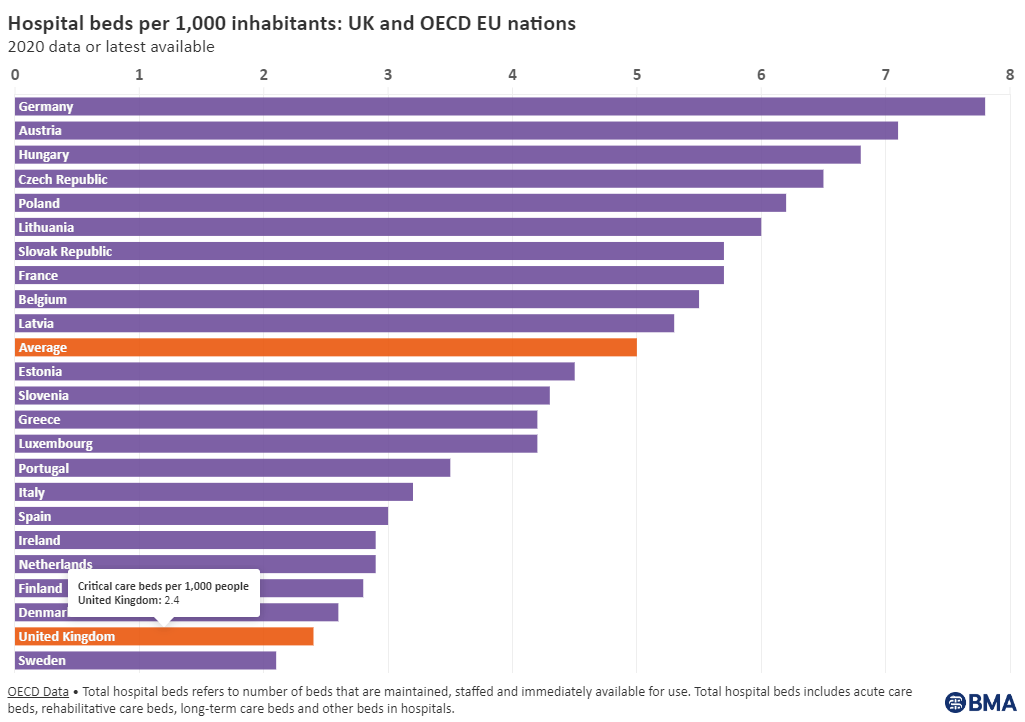
The change to cancer targets is a big deal! The issue is the 28-day to diagnosis versus the 2-week wait target. That is, if your GP suspects cancer, from the point of referral, 75 per cent of patients should be diagnosed or given the all clear in 28 days.
Currently, if your GP suspects cancer and refers for a test or specialist appointment, 80 per cent should have received their test or appointment within two weeks. Currently less than 60 per cent do. In 2010 it was 90 per cent.
There are some advantages to the 28-day target, mainly in regards to the focus being on diagnosis versus receiving “just” a test or an appointment. But (and it is a big but) many diagnoses are reached within the two week wait already.
Let’s say you have blood in your stool. The GP requests a colonoscopy under the 2-week wait cancer pathway. Let’s say you get the scope after ten days. For most the scope will reassure and the diagnosis is made. For some they will need to wait for the biopsy ~ 2 weeks more.
In other instances it will be a referral to a specialist. For example, a suspected skin cancer or possible suspicious lymph nodes. Again, often the specialist opinion is the test. They will often be able to look and examine something and say it’s nothing to worry about. If not, they more often than not undertake the test right there and then (for example, a biopsy). Again, you wait for the biopsy results – when the system is working well it usually takes less than 2 weeks.
So you can see, when the system is working most patients achieve the diagnosis between 2 to 4 weeks, and the all clear often sooner. But now we have the new target…diagnosis or all-clear within 28 days for 75 per cent of patients.
There is no ambition or drive to get diagnosis sooner. What it will do is push more patients to diagnostics without specialist opinions – great news for the new private diagnostic centres the government has announced. But it won’t speed up diagnosis nor get you specialist care sooner.
It will also make it really hard to see if we are recouping the losses made over the last 13 yrs. At the present moment we have the worst cancer waits in history. And yes, devastatingly, this is leading to late diagnoses and deaths – deaths that would have been avoided in 2010.
Removing the targets, means it’s harder to hold the NHS management and the government to account for failing to reach basic levels of cancer care. But, the principle of the “time to diagnosis” is good. The 75 per cent within 28 days is not. It is accepting the very poor performance as normal.
Had you said 75 per cent diagnosed within two weeks, then changing the target is an improvement. And diagnosis within 2 weeks is very achievable…
Someone close to me was living in Germany when they found blood in their stool. They went to the GP on Thursday. The GP did an ultrasound (they have 20 minute appointments) and didn’t like what they saw. They sent the patient for a CT Scan that night. On Monday they had a colonoscopy…
They were diagnosed on Tuesday. Had a port catch fitted (special delivery device for chemo) on Wednesday. Started chemo on the following Monday. Diagnosis within 5 days. Time to treatment? 10 days. They received an apology for the delay (attributed to Covid surge…[NB! Ed]).
This is what our comparative nations are doing. How? They have 50 per cent more doctors per head of population, 100 per cent more nurses, and 300 per cent more bed capacity.

They spend more too. An equivalent of £70bn per year more on healthcare.
The NHS DOES NOT HAVE THE CAPACITY, plain and simple! You want to improve cancer waits (or recover them to 2010 levels) then increase capacity. Fudging numbers has changed nothing for patients!
Postscript:
For more articles by Dr Dan Goyal, please click here.




